Why is Roof Flashing Important?
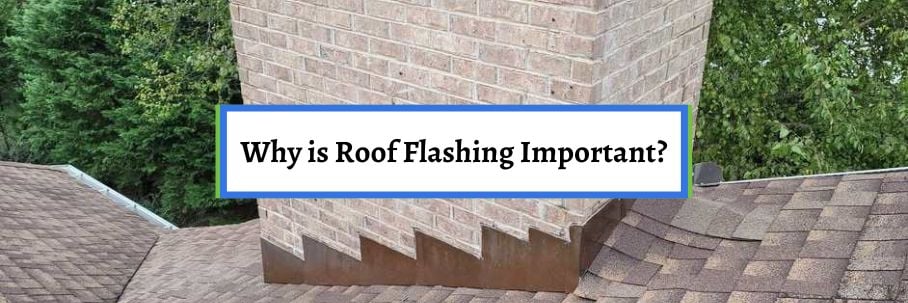
A roof is much more than what you can see from the outside. It’s like a puzzle, with every piece fitting into the right place to seal your roof.
One of the most important pieces of the roof puzzle is roof flashing. But what is it, and why is it actually important?
For over 30 years, Bill Ragan Roofing has helped homeowners understand every piece of their roof. Because of this, I’ll break down everything you need to know about roof flashing.
This article answers the following questions:
- What is roof flashing?
- Why is roof flashing important?
- What are the different types of roof flashing?
- Does roof flashing get replaced during a roof replacement?
- Does roof flashing need to be maintained?
What is roof flashing?
Roof flashing is metal that directs water away from certain areas on your roof. The most common types of metals used for roof flashing are aluminum, steel, or copper.
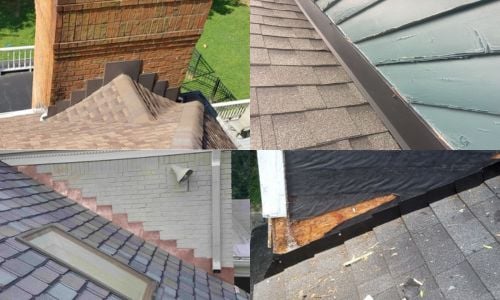
While every metal is a great option, the most commonly used type is steel because it’s durable and fits most budgets. If you want an upgraded look, copper looks great aesthetically and lasts longer but is much more expensive.
Why is roof flashing important?
The reason roof flashing is important is because it protects areas prone and vulnerable to leaks. If flashing isn’t installed in places when shingles butt up against something (such as a wall, chimney, or open roof valleys), a leak is guaranteed to happen.
However, these problem areas will stay leak-free for the life of the metal as long as it’s installed correctly. Because of this, roof flashing is a crucial roofing component that every roof must have.
What are the different types of roof flashing?
Just like the types of metal, there are also multiple types of roof flashing. However, the type of roof flashing used depends on where it’s being installed.
Below are the four most common types of roof flashing.
Step flashing
Step flashing is primarily installed against the sides of walls and chimneys. It works by placing a piece of metal (flashing) under every shingle installed against the side of a wall to prevent water from running down it.
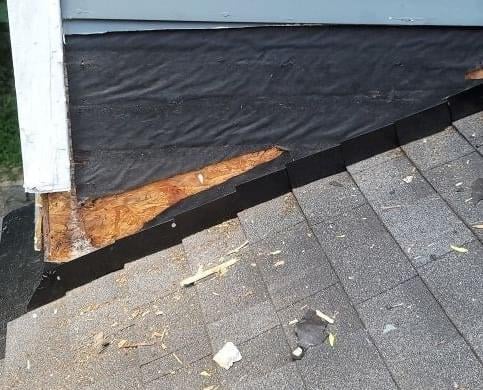 (Step flashing installed before siding is put back)
(Step flashing installed before siding is put back)
This type of flashing is called “step” because it’s installed step by step. A shingle is installed, then a piece of flashing, then another shingle, then a piece of flashing until the wall is completely protected.
Counter flashing
Counter flashing is also used on walls and chimneys. This type of flashing is sawed into an existing mortar joint with metal coming over the top of the brick.
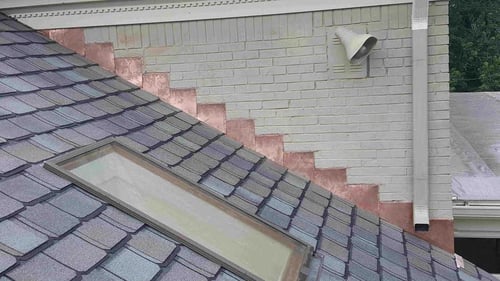
Like step flashing, counter flashing is sometimes installed using a step-by-step method. However, counter flashing can be seen, unlike step flashing.
Apron flashing
Apron flashing is installed at the base of a wall or penetration. It’s shaped like an L and can be up to 14 feet in length to fit the base of a penetration.
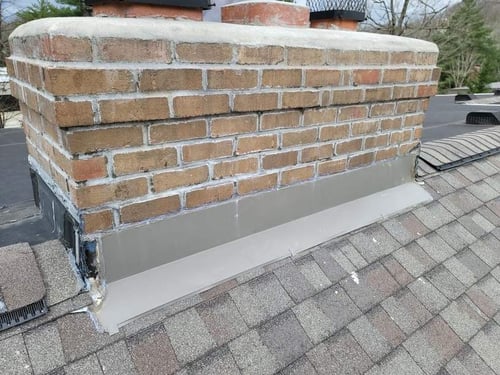
It’s also used around dormers to prevent water from getting into your windows or behind a wall.
Open valley flashing
In most cases, roof valleys will be closed. But if you want/have a premium roof system (cedar shake shingles, synthetic shingles, slate, etc.), you’ll have open roof valleys because they can’t bend to “close” a roof valley.
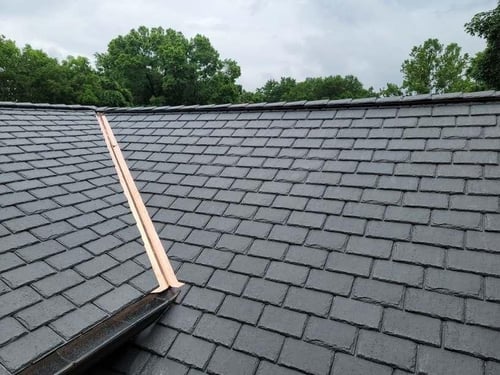 (Copper open valley flashing)
(Copper open valley flashing)
With the roof valleys being open, they need metal valley flashing to prevent water from getting underneath the roofing material. This type of flashing extends the full length of every open roof valley.
Does roof flashing get replaced during a roof replacement?
On most roofs, roof flashing can actually outlast the roofing material. So, does that mean you don’t have to replace it when getting a roof replacement?
A reputable roofing contractor will always recommend replacing your roof flashing when getting a new roof. This is simply to keep everything aging at the same rate, you’re not relying on a previous roofing contractor’s work, and you don’t have to worry about leaks down the road.
Just know there are very rare instances where previous roof flashing can be used. Even if it can be, I always recommend replacing your roof flashing with the rest of your roofing components and materials.
Also, be aware that some roofing contractors leave it off their estimates to lower their prices. To be safe and protect your investment, always expect your roof flashing to be replaced when getting a new roof.
Does roof flashing need to be maintained?
Every roof needs maintenance throughout its lifetime. While there’s plenty to maintain, flashing is one of the most important things that must be checked periodically.
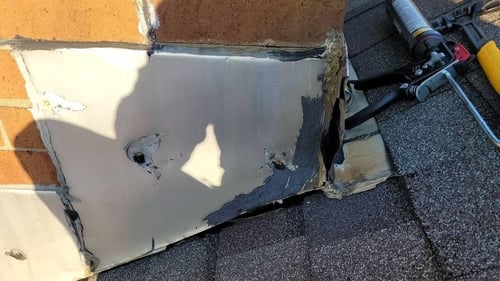
This is to ensure the roof flashing is still fully functioning, the metal’s integrity is holding strong, and there’s no rusting. You may think this isn’t important, but simple maintenance inspections catch future flashing problems before they start.
This not only saves you from costly roof repairs but also the thousands of dollars of interior damage it can cause.
What else is replaced during a roof replacement?
Now you know what roof flashing is, why it’s important, the types of roof flashing, and why it must be maintained. The importance of roof flashing can’t be overstated, which is why you should always replace it when getting a new roof.
But while it’s a crucial roofing component, roof flashing is just one piece of the puzzle. As I said at the beginning, a lot goes into a roof system, and every piece is as important as the other.
Unfortunately, bad roofers use this to their advantage to exclude certain materials and components to keep their prices low. Not only do I want you to avoid this happening to you, but I also want you to know exactly what you’re paying for.
That’s why I wrote another article breaking down every material and component that’s included in a roof replacement.
Check out the 9 Materials Included in Your Roof Replacement to learn everything gets replaced when getting a new roof.


